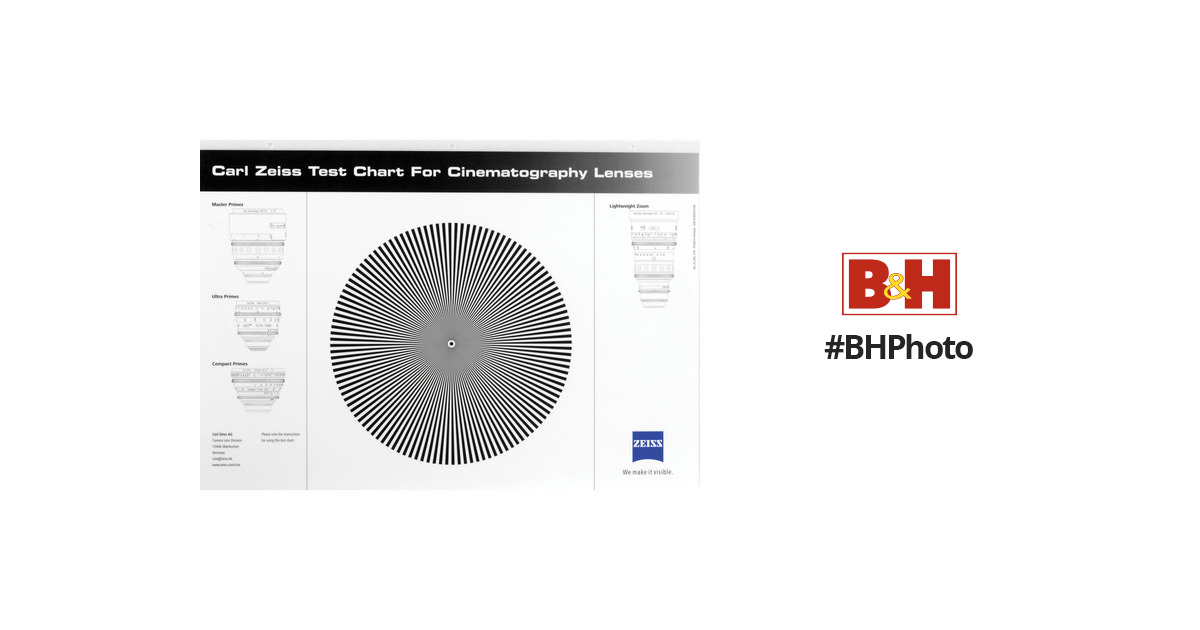
The smaller plates correspond to up to 2160 LW/PH and 4320 LW/PH respectively. The 6 large zone plates have, at their outer border, a thin line distance corresponding exactly to 1080 LW/PH (when using the entire chart in a 3:2 frame or the marks within a 16:9 frame). Any photograph of the chart would contain much stronger artifacts.įig. The artefacts in the middle of the chart are Moiré artifacts caused by resizing the original chart. At least this is how this kind of test chart is called in Germany ) A current high end Epson A2 inkjet printer can print the above chart to resolve to about the "60" mark ("15" in my inset parts).įig. But this is not sufficient for current high end cameras. Some labs use a variant of the original chart with scales going to 40 rather than 20. The numbers mean x100 LW/PH for the large part and x400 LX/PH for the small parts, both applicable if the chart spans the entire picture height. Interestingly, the most naive measure (LW/px) is almost never seen in published material )īelow are a number of typical test charts which can be used for visual inspection of achievable resolution:įig. This measure (0.5 cy/px) is sometimes called the Nyquist freqnency. Another unit is " cycles/pixel" which is 0.5 when LW/PH equals the vertical number of pixels.

LW/PH is often compared directly against the vertical pixel resolution of a sensor and many incorrectly believe that resolution measures cannot get larger than it. LW/PH is a popular unit and with a 35mm film or sensor, 100 LW/mm are 24 mm/PH × 100 LW/mm = 2400 LW/PH. In order to become independent on the size of the recording medium, all measures are often scaled to the image or picture height (PH).

The varying interpretation is now described by " line widths per mm" or LW/mm. In order to be precise, the test chart line density is now described by " line pairs per mm" or lp/mm or " cycles/mm" and means the same as lines per mm. In the digital age this head led to confusion because some people treated the background color as yet another line. Their distance is typically described as " lines per mm" where mm applies to the recording medium (sensor) rather than the test chart. Many authors use some form of test chart which contain high contrast lines with varying distance. This paper tries to provide a common basis for a quantitative discussion of these aspects. This White Paper is one in a series of articles discussing various aspects in obtaining sharp photographs such as obtaining sharp focus, avoiding shake and motion blur, possible lens resolution etc. 2010/06/lumolabs-understanding-image-sharpness.html#comments


 0 kommentar(er)
0 kommentar(er)
